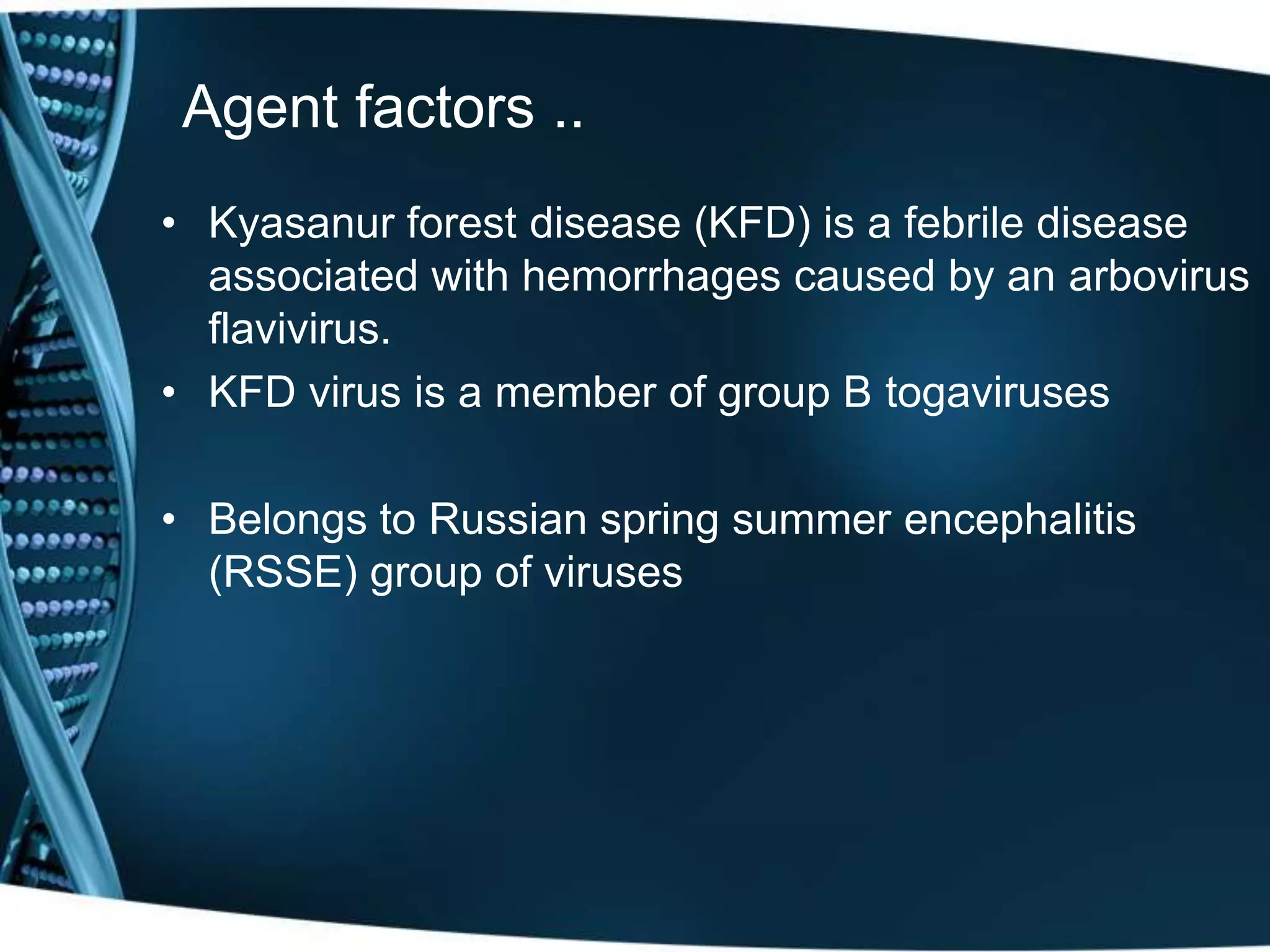A 20-year-old Spanish man traveling in Thailand for a martial arts competition was admitted to a local hospital in Koh Samui, Thailand with fever, headache, and decreased consciousness. His condition worsened over 48 hours, developing seizures, paralysis, and decreased responsiveness. Testing revealed positive IgM antibodies for Japanese encephalitis virus (JEV) in his serum. JEV is a mosquito-borne virus that causes viral encephalitis, with high incidence in parts of Asia. Personal protection from mosquito bites and vaccination are recommended for travelers to endemic areas.































































